We love the Rapid Recall Whiteboards and, okay, we might be a little bias, but hear us out. Since they were first made, they’ve changed and developed in ways we never expected and suddenly there are so many ways to use them. So, to help you make the most of your boards, we’ve compiled just a few of our favourite ways. 5 ways, to be precise.
1. The Pilot & Navigator
- Pupils sit in pairs and decide who will be the Pilot and who will be the Navigator – They’ll keep these roles for one section of the board
- The Navigator works out the answers to the questions, and then must explain that answer to the Pilot
- Once the Navigator has convinced the Pilot, then the Pilot can write the answer down
- When the section is complete, the pupils swap roles!
This approach to using the Rapid Recall Whiteboards is a great way to encourage mathematical discussion and to develop reasoning skills. It promotes the regular use of mathematical vocabulary and models good practice between students.
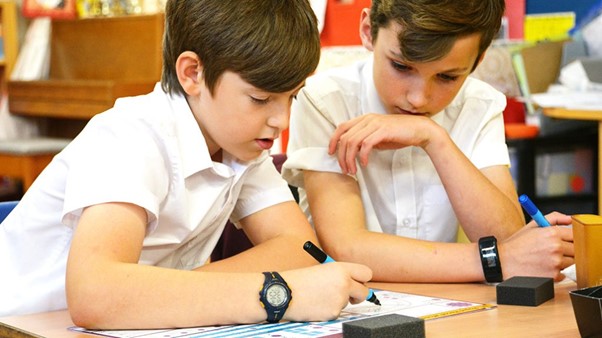
2. The Timed Snapshot
As the teacher, you pick the number, and set a time limit for completion. Explain to your pupils that they can complete the board in any order they choose. When the time is up, you can look at the boards and ask yourself some questions:
- How much of the board was completed?
- How many questions were completed correctly?
- Why were questions missed?
- Were there any misconceptions?
This way of using the Rapid Recall Whiteboards is what we originally set out to do and though a lot has changed, this great way of using the boards has not. This method requires very little preparation but also gives you a great visual assessment opportunity.
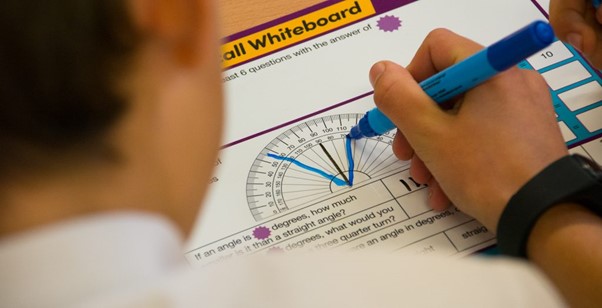
3. Everybody In
Every student is given a number, not necessarily the same. This means that students who are more capable can have a slightly harder number, for example, a prime number, while those who have been struggling a little more could have a multiple of ten. Students can be sat side by side completing the same board, but be learning to their own level of ability. You can set a timer, pick a section for them to work on specifically, or leave them to work at their own pace.
This method allows every child in a year group to access the board without feeling out of their depth.
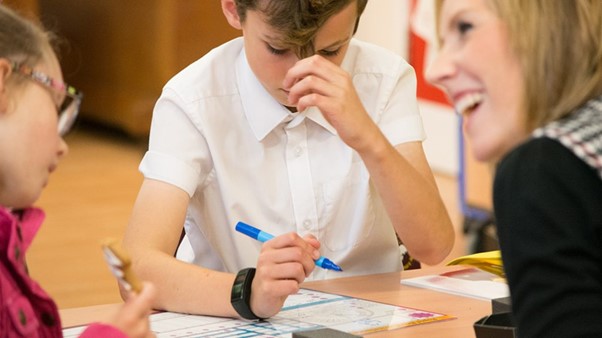
4. Divide and Conquer
Every child has a board. In pairs, they choose a number and divide the questions on one side of the board between them.
At the end of the session, if the two boards became one, the pair should have answered every question.
The pair then swap boards and check each other’s answers. Are they happy? Do they think all the answers are correct?
Make this a challenge – which pair can complete the whole board first like this… but without talking?
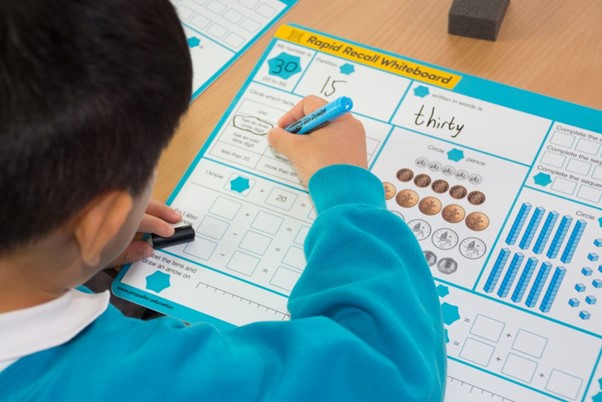
5. Silent Assassin
Boards can go around the class, either to each individual student or in pairs.
Students fill out the board as usual – again, this can be timed or done at their own pace.
Either you, the teacher, or a student, gets assigned the role of ‘Silent Assassin’. Without saying a word, the silent assassin moves around the room and looks over everyone’s shoulders. If they see an answer they think if wrong or they disagree with, they simply lean over and rub it out. As a result, the student(s) will have to think about their answer.
At the end of the session, the assassin can explain why they disagreed and the student can explain, if necessary, where they went wrong and what they did to correct their answer. This encourages mathematical reasoning and vocabulary use too.
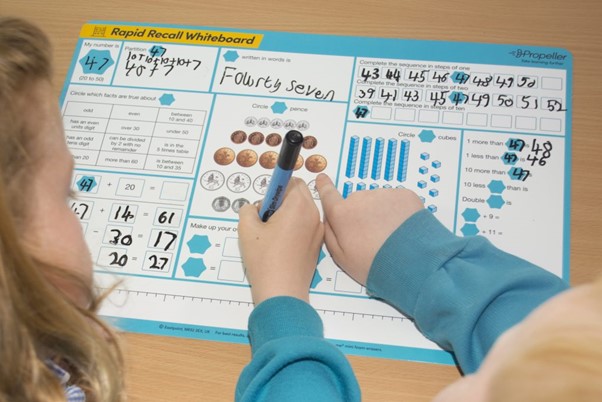
This post originally appeared on the propeller.education website. Propeller is a part of the Show-me brand.

